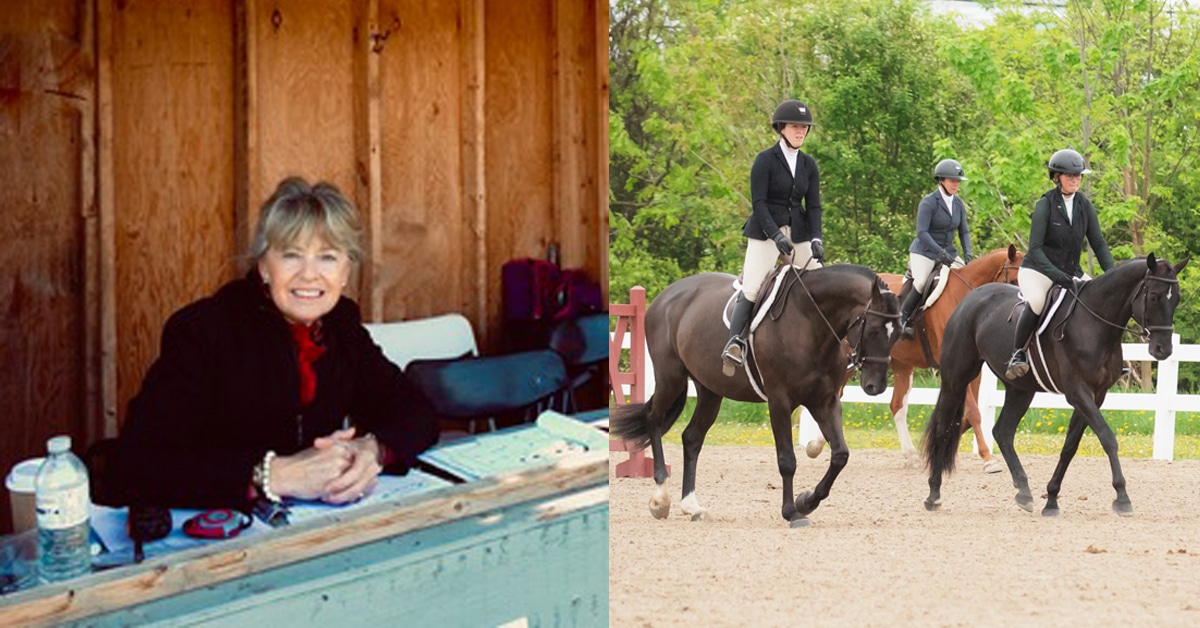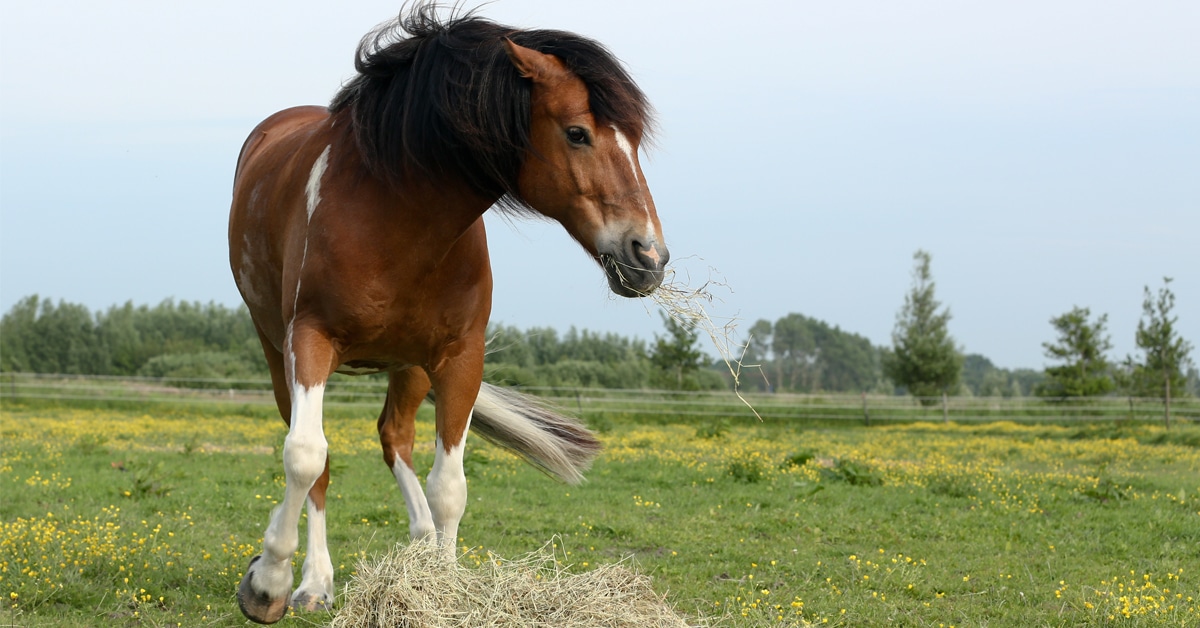Sepsis is an extreme systemic inflammatory response which develops when a foal becomes infiltrated with bacteria and infection spreads unchecked through its body. The most common bacteria seen in septic foals (about 60 to 70 per cent of cases) are E. coli; others often identified include klebsiella and actinobacillus. Cases with enterobacter, salmonella, pseudomonas and streptococcus have also been seen. The bacteria can enter the foal’s body through the placenta, at the umbilicus, or through the nose or mouth.
The foals at greatest risk are those which don’t receive the antibody-rich first milk (colostrum) from their dams. Foals are born with the ability to develop antibodies, but without any already present, they are vulnerable to infections. The colostrum contains high levels of antibodies to the bacteria that the mare has been exposed to, so those early feedings are extremely important.
In most cases, the foal nurses soon after birth and the protective antibodies can soon be detected in his bloodstream. Occasionally, however, something goes wrong. Perhaps the mare does not, for some reason, have a high enough level of antibodies in her colostrum. She might not lactate at all, or she might produce colostrum too early – before the foal is born – and those vital antibodies are lost as she leaks milk. The problem may also be with the foal: he might be born a bit early and be too weak to nurse right away, or he might have some physical problems that prevent him from feeding. For example, a foal born with contracted tendons is unable to stand to nurse and subsequently may be at risk of developing sepsis.
Risk is also increased when the foal is exposed to new bacteria to which the mare does not have antibodies. This can happen when a foal with other health problems is moved into a veterinary hospital.
Sepsis foal watch
The Foal Watch program at the Ontario Veterinary College (OVC) provides 24-hour intensive care for foals at the facility. The mares are with their foals, when possible, and trained student volunteers take around-the-clock shifts. The care these Foal Watch volunteers provide can be vital to the survival of these very sick foals.
Evelyn (Evie) Helps, coordinator of Foal Watch, has cared for many septic foals during her time with the program. “This is the most common illness we see in the foals brought in,” she says. “They don’t seem to know they are foals. They don’t know it’s their job to get up and nurse – instead, they are often lying on the ground and very lethargic.”
Helps, a University of Guelph student who plans to apply for admission to OVC this year, started out as a Foal Watch volunteer five years ago. She had plenty of experience with horses before starting her post-secondary education, but soon found she loved working with these gravely ill foals. “For me,” she says, “it’s been the most rewarding part of university.”
Warning signs of sepsis
Signs of sepsis are not always obvious at first. Some foals just seem a bit lethargic and perhaps lie down more often than usual. As the disease spreads, an increasing number of body systems are affected and the signs become clearer. The mare’s udder may be swollen with milk, because her foal is not feeding normally. The foal may lose his suckling reflex, have difficulty breathing (pneumonia is common), develop diarrhea, septic arthritis (“joint ill”), and other problems. He may have a fever or a drop in body temperature, and his heart may beat unusually fast or unusually slowly.
Because of these confusing symptoms, diagnosing septic foals can be tricky. Helps says that at OVC, every foal brought into the hospital is given a blood test to determine the white blood cell count and cultured for the presence of bacteria. The Foal Watch volunteers also closely monitor temperature, urination, stools, feeding behaviours, and other vital signs which help with the diagnosis. The serum IgG (immunoglobulin) levels (antibodies) are tested in most foals under veterinary care, but it’s particularly important if a foal appears sick, so that antibodies can be provided if they are low.
“If the foal has not had colostrum or his IgG levels are low, we will give the foals colostrum,” says Helps. “If the foal is too weak to stand, we will milk the mare – some are more cooperative about this than others! – and give the milk to the foal. If we can’t get enough milk from the mare, we feed artificial replacement milk.” Milk is usually given via bottle, but in some cases a naso-gastric tube is used.
Sepsis treatment, prognosis and prevention
The veterinarian will develop a treatment plan that generally involves broad-spectrum antibiotics (until bacterial culture results are available). Once the actual bacteria involved are known, the vet can adjust the medication if needed. IV fluids can be important to maintain hydration and sometimes dextrose (sugar) is added, especially if the foal has not been eating. An IV plasma transfusion can give the foal the antibodies needed to help fight the bacteria. Other medications can be used, depending on what parts of the foal’s body are affected; if the umbilical stump is infected or has developed an abscess, it may need to be surgically removed.
“The volunteers try to keep the foal clean, warm, and dry,” says Helps. “If the foal is mostly lying on a mattress or mat on the floor, we will roll him over every hour to prevent bedsores from developing. As they get stronger, we help them stand and do physiotherapy exercises to get them moving their legs.” The volunteers’ coveralls are laundered at the hospital, and they change their gloves frequently to prevent spreading infection.
What’s the prognosis for septic foals? It varies, depending on how early the condition was identified and treated and how far the infection has spread. Helps has seen foals significantly improved within two or three days, but others have remained in Foal Watch for weeks, or even months. Overall survival rates range from 50-81 per cent. If pneumonia develops, the foal is less likely to survive.
Most foals who recover have no ongoing problems, but there may be some neurological symptoms or other minor concerns. One study found that surviving septic Thoroughbred foals were just as likely to start races as their siblings who had not been sick, but their ultimate earnings were lower.
“It’s probably not possible to prevent all cases of septic foals,” says Helps. “But close attention to ensuring the foal gets colostrum right after birth can help a lot. Horse owners should also be careful about bringing in strange bacteria – if you have been at another farm or at a horse show, be sure to wash your hands well and change your clothes before going to visit the mare and new foal.”
The Latest









